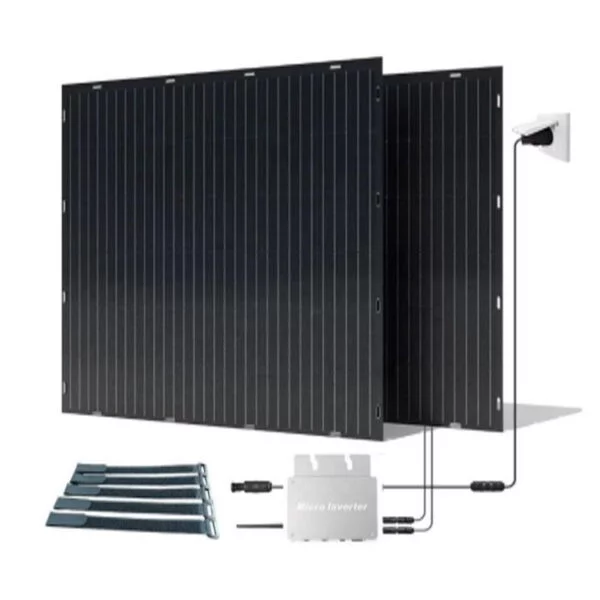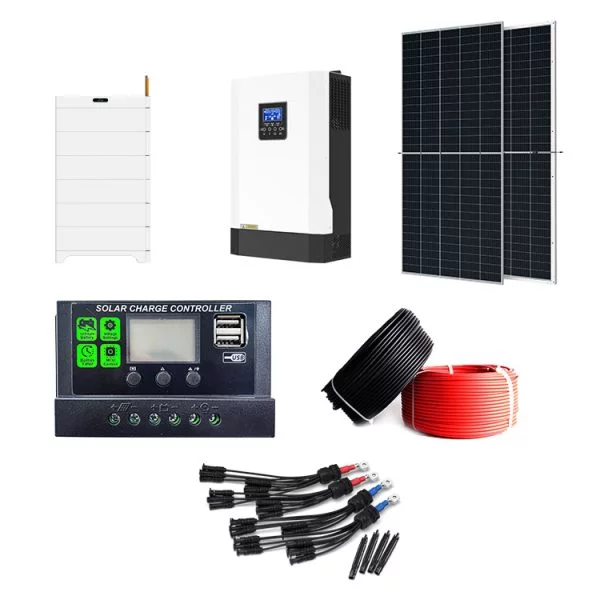HOT PRODUCT
Product Details
The Science Behind 30w Portable Panels: How They Generate Power
The Science Behind 30W Portable Panels: How They Generate Power
In recent years, there has been a significant increase in the demand for portable power solutions. People are now relying on electronic devices more than ever, whether it is for work or leisure activities. To meet this growing demand, portable solar panels have become an increasingly popular choice. Among them, 30W portable panels are widely used due to their optimal power output and convenient size. But have you ever wondered how these panels generate power? In this article, we will delve into the science behind 30W portable panels and explore the fascinating process of power generation.
Solar panels, including portable ones, primarily rely on the photovoltaic effect to generate electricity. The photovoltaic effect is a phenomenon in which certain materials can convert sunlight directly into electrical energy. The key component of a solar panel responsible for this conversion is the photovoltaic (PV) cell. These cells are usually made from semiconducting materials, most commonly silicon.

The science behind the photovoltaic effect can be explained as follows: When sunlight hits the PV cell, it contains tiny particles of energy called photons. These photons penetrate the surface of the cell, interacting with the silicon atoms. This interaction causes electrons in the silicon atoms to become free, creating an electric current. This current is then collected and channeled to power electronic devices or stored in batteries for later use.
The efficiency of a 30W portable panel is determined by various factors, including the quality of the PV cells, the intensity and angle of sunlight, and the presence of any shading or dirt. The efficiency is typically expressed as a percentage, representing the amount of sunlight that the panel can convert into usable electricity. Higher efficiency panels can generate more power from the same amount of sunlight, making them more practical for portable applications.

To enhance the performance of these portable panels, manufacturers often incorporate additional technologies. One common technology used is Maximum Power Point Tracking (MPPT). MPPT is an electronic system that optimizes the output of the panel by continuously adjusting the voltage and current to ensure the maximum power is generated. This technology allows the panel to provide the highest possible charging capacity, especially under varying weather conditions.
Another crucial aspect of 30W portable panels is their design and construction. The panels are typically composed of several interconnected PV cells encapsulated in a weather-resistant material, such as tempered glass or durable polymer. This encapsulation both protects the cells from environmental factors and helps optimize light absorption. The portable nature of these panels means they are lightweight and often foldable, making them easy to transport and set up in different locations.
It is worth noting that 30W portable panels are not limited to directly charging electronic devices. They can also serve as a power source for charging external batteries. This allows users to store excess energy generated during the day for later use, extending the availability of power well into the night or during cloudy periods.
In conclusion, 30W portable panels harness the science of the photovoltaic effect to generate electricity. By converting sunlight into usable energy, these panels provide a versatile and environmentally friendly power source for various portable applications. As technology continues to advance, we can expect further improvements in efficiency, durability, and functionality of these panels, enhancing our ability to harness the power of the sun wherever we go.




